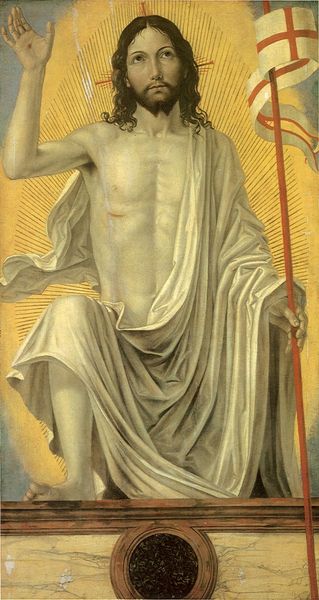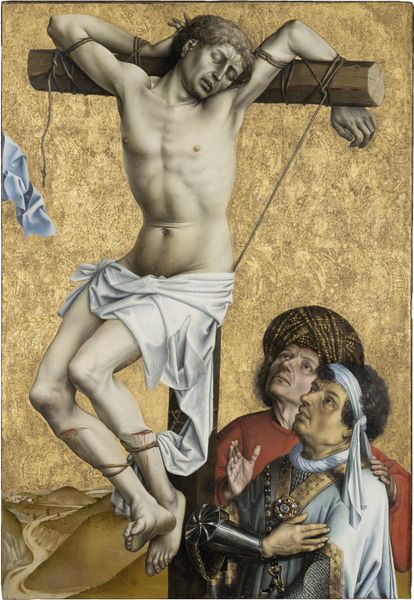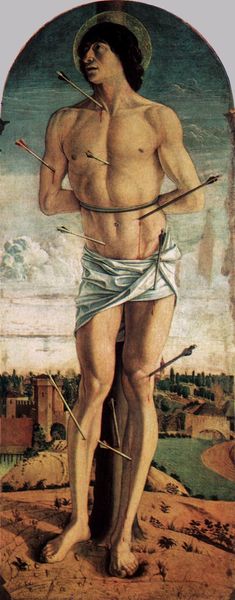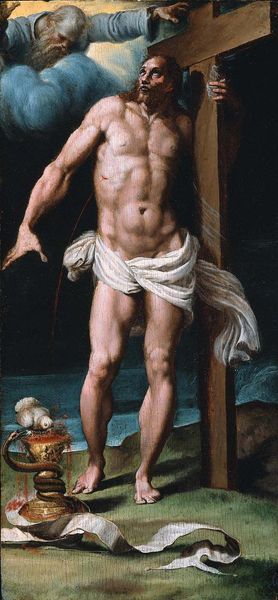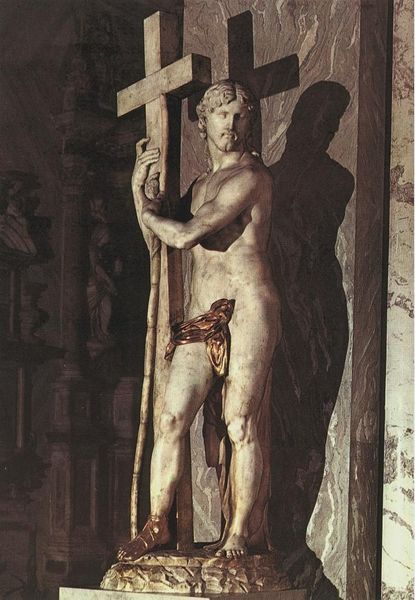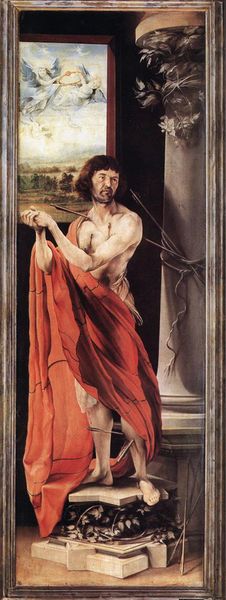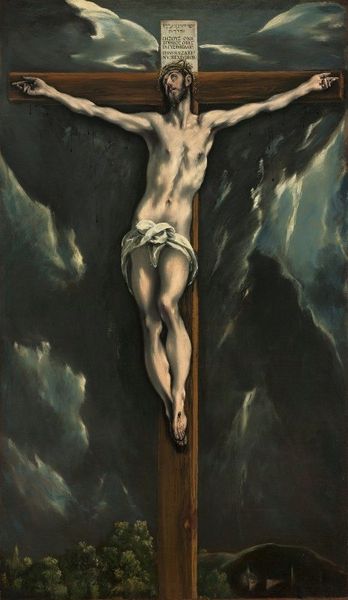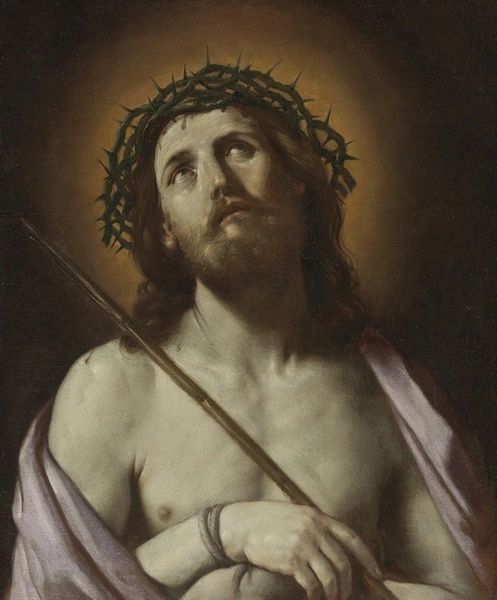
oil-paint
#
portrait
#
narrative-art
#
oil-paint
#
figuration
#
oil painting
#
christianity
#
history-painting
#
academic-art
#
italian-renaissance
#
early-renaissance
#
realism
#
christ
Copyright: Public domain
Curator: This is Andrea Mantegna’s “Saint Sebastian,” painted around 1506. The medium is oil on panel, quite typical for the time. Editor: Looking at it, the way Sebastian is rendered feels almost sculptural, and quite… stoic, considering the circumstances. What do you make of this piece? Curator: Well, for me, it's less about the surface-level narrative of martyrdom and more about the very deliberate process of *making*. Consider the material itself - oil paint, still relatively new and luxurious in 16th century Venice. Its application is smooth, controlled; demonstrating mastery. Editor: So, you are suggesting focusing less on the story and more on what crafting choices reveal? Curator: Precisely! Look at the marble-like quality of Sebastian's skin; it’s almost as if Mantegna is consciously invoking the legacy of classical sculpture, thus suggesting manual skill and workshop culture where apprenticeship was essential to mastering any technique. Editor: The arrows themselves - even those were manufactured goods. Do you consider these factors? Curator: Absolutely. Where were the pigments sourced? What kind of wood makes up the panel, the arrow shafts? Were the artisans who produced these items acknowledged or valorized? These questions expose the networks of labor that often remain hidden in plain sight. Editor: This reframes my interpretation. Instead of just a religious scene, it shows a moment from society by highlighting production and labor, not divinity or suffering. Thank you! Curator: Exactly, and by bringing attention to what usually goes unseen in such paintings: we honor artistic choices made around labor, and that's crucial.
Comments
No comments
Be the first to comment and join the conversation on the ultimate creative platform.
